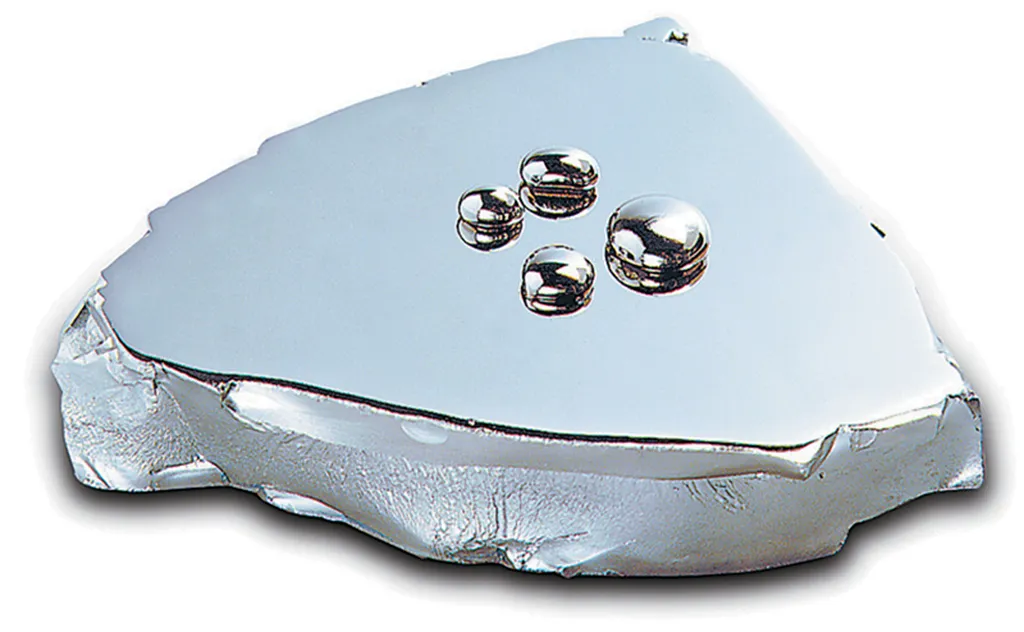In the quest for materials that can withstand the punishing conditions of modern aviation, researchers have turned their attention to a promising alloy that could redefine the limits of high-temperature performance. A recent study led by Vitaly S. Sokolovskiy from Belgorod State University in Russia has delved into the behavior of the cast TNM-B1 alloy, a β-solidifying TiAl-based material that could be a game-changer for the aviation industry.
The study, published in the journal ‘Frontier Materials & Technologies’ (translated from Russian as ‘Perspective Materials and Technologies’), explores how the deformation temperature of the TNM-B1 alloy affects its mechanical properties, phase composition, and crack formation. The findings are significant, as they could pave the way for more efficient and durable components in aircraft engines.
Sokolovskiy and his team discovered that the TNM-B1 alloy exhibits a complex microstructure, including (α2+γ) lamellar colonies and interlayers of β(B2)+ω phases. This microstructure evolves at elevated temperatures, influencing the material’s behavior. “The ω-phase dissolution and the precipitation of dispersed secondary β-phase particles at temperatures above 950 °C have a substantial impact on the mechanical characteristics,” Sokolovskiy explained.
The researchers identified a pronounced temperature dependence of strength and ductility. The alloy’s maximum strength was observed at 800 °C, while the greatest relative elongation occurred at 1000 °C. This transition from brittle to viscous fracture around 950 °C is crucial for understanding how the material will perform under extreme conditions.
One of the most intriguing findings was the dependence of crack propagation on the orientation of lamellar colonies relative to the deformation axis. As temperatures rise, these differences level out, and at 1000 °C, crack formation is completely suppressed, with pores forming along the boundaries of colonies and clusters of secondary β-phase particles instead.
The implications for the aviation industry are profound. The TNM-B1 alloy’s ability to maintain its strength and ductility at high temperatures makes it an ideal candidate for components in aircraft engines that operate in extreme environments. This could lead to more efficient engines, reduced fuel consumption, and lower emissions, all of which are critical goals for the aviation sector.
Moreover, the study’s insights into the microstructural transformations that influence the deformation behavior and mechanical properties of the TNM-B1 alloy could guide the development of new thermomechanical processing technologies. This could open up new avenues for innovation in materials science and engineering.
As the aviation industry continues to push the boundaries of performance and efficiency, the TNM-B1 alloy stands out as a material that could shape the future of high-temperature applications. With further research and development, it could become a cornerstone of next-generation aircraft engines, driving progress in the energy sector and beyond.

